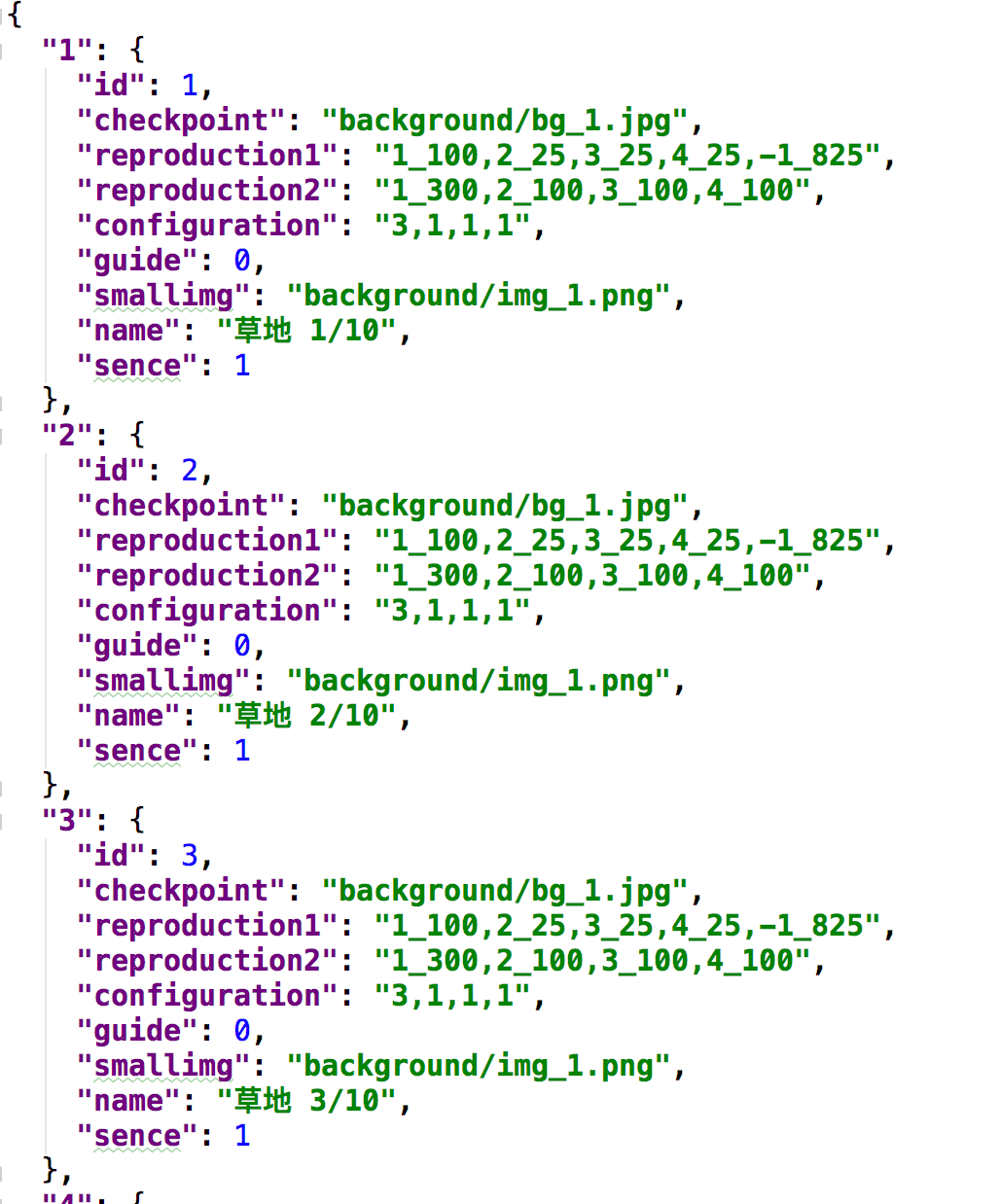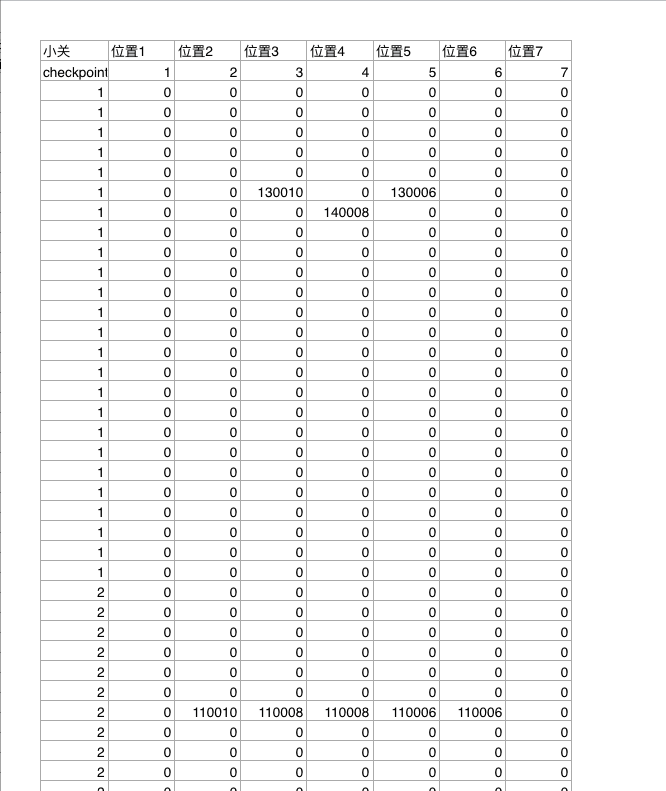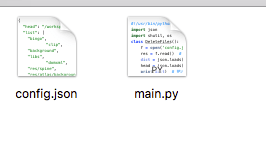开发小游戏差不多四个月左右了,中间一直忙碌,很少有闲余时间来总结一下所感所想,今天就说说游戏里面怎么配置数据的,以前做Flash游戏的时候,那时候页游兴起,大家都用xml 作为配置文件,等到了手游时代 很多开始用json 和MySQL数据库作为配置读取文件,做小游戏之前遇到了xml 被拒绝的事情,所以我们的游戏采取了json的配置。下面就简单的说说怎么用Python读取Excel 然后保存成json格式的。
环境准备
- Python3环境
- 安装 Excel相关的库 xlrd
- Pycharm 编辑器(你也可以选择其他的编辑器)
读取 单元格输出正常的JSON
第一个是比较常规的格式:

生成的 样式是 :

直接上代码:
1 | #!/usr/bin/python3 |
稍微复杂的导出
我们在做地图的时候,需要让策划更容易配出地图的位置和坐标,我们需要对策划配置的格子做一些修改,让生成的json文件足够小,于是在上面的基础上做了修改:

其中第一列 代表的是 地图的id 比如是1 就是第一张地图 上面大于0的都是有怪物的,为0的 表示空,其中大于0 的数字,前两位代表 怪物的类型,我们是从10 开始的,后面的数字代表血量,这样我们就知道怪物在地图上的坐标,类型,血量,然后根据信息数据去初始化。
1 | { |
最后贴上代码
1 | # -*- coding=utf-8 -*- |
删除发布后多余的素材
我们在做小游戏,每次发布都会把bin 目录下的素材 都copy一份到 发布目录,因为微信小游戏对包体有限制,我们便把一些素材放到了服务器远端,这样我们发布后就有一些资源需要删除后才能正常上传,这样反反复复很麻烦,而且维护的小游戏多了,时间久了,容易忘记那些是需要删除的。于是用Python写了一个删除的代码。

其中 删除文件 还是用json作为配置文件 config.json
1 | { |
main.py 文件
1 | #!/usr/bin/python3 |
2019.08.17更新
配置文件 config.json
1 | { |
Python是一门很容易上手的语言,用这个为游戏项目作为辅助,减少了很多麻烦,让开发效率增加很多。希望自己能坚持学习,为自己加油!
--- 本文结束 The End ---